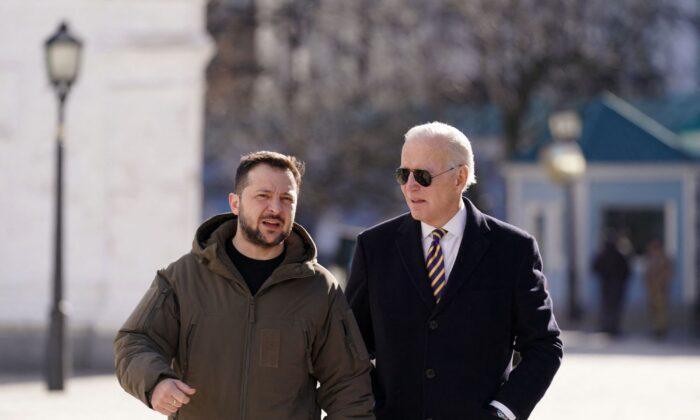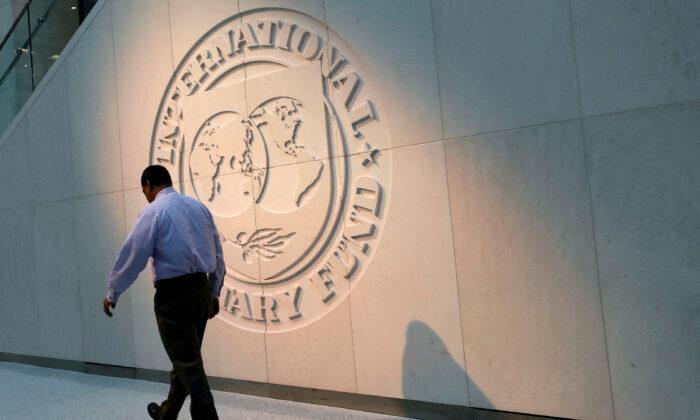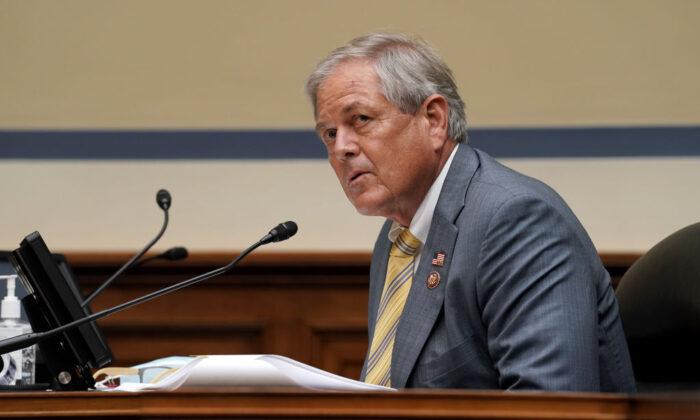The United States will transfer military equipment worth up to $400 million to Ukraine to aid its defense against the Russian invasion, including high-mobility rocket systems, mortars, and anti-vehicle rounds, the Pentagon announced on March 3.
The latest round of security aid occurs amid rising tensions as Kyiv struggles to hold the eastern city of Bakhmut amid fierce fighting.
“Pursuant to a delegation of authority from President Biden, I am authorizing our 33rd drawdown of U.S. arms and equipment for Ukraine since August 2021, valued at $400 million,” Secretary of State Antony Blinken said in a statement. “This military assistance package includes more ammunition for U.S.-provided HIMARS and howitzers, which Ukraine is using so effectively to defend itself.”
HIMARS are mobile rocket-launching vehicles worth roughly $4 million apiece with each individual rocket costing around $168,000. The Biden administration has sent 20 of these vehicles—manufactured by Lockheed Martin—to the Ukrainian military since the start of the war.
Demolition munitions and equipment for obstacle clearing are also included in the package, as are testing and diagnostic equipment to support vehicle maintenance and repair, spare parts, and other field equipment to help the Ukrainians sustain their forces in combat.

‘Rally the World’
“The United States will continue to rally the world to support Ukraine,” White House press secretary Karine Jean-Pierre said on March 3.Although the international community broadly supports Ukraine, there are signs of fatigue. Two nations—Mali and Nicaragua—voted against a United Nations resolution to denounce Russia in February, despite not doing so in March 2022.
The United States has changed the type of aid it provides as the war has progressed, offering arms that it said were off-limits at the start of the war. Some European countries have also pledged their support by giving tanks, armored vehicles, artillery systems, and ammunition.
‘Nuclear-Armed’
“The latest weapons package comes as the U.S. is pushing Ukraine to launch a major counteroffensive and U.S. and Ukrainian officials are openly discussing attacks on Crimea, a clear red line for Putin,” Dave DeCamp, news editor for Antiwar.com, said. “Each new package and each day that passes without peace talks increases the risk of a major escalation that could lead to a direct clash between NATO and Russia, a scenario that would be catastrophic for the entire world.”U.S. Army Gen. Mark Milley, chairman of the U.S. Joint Chiefs of Staff, echoed those concerns in an interview with The Financial Times in February and said the war will ultimately have to end at the negotiating table.
“In this particular case, it’s against a country that is large and is nuclear-armed,” he said. “So you have to be very, very conscious about managing escalation.”




